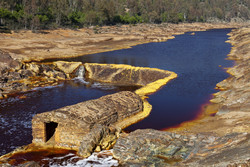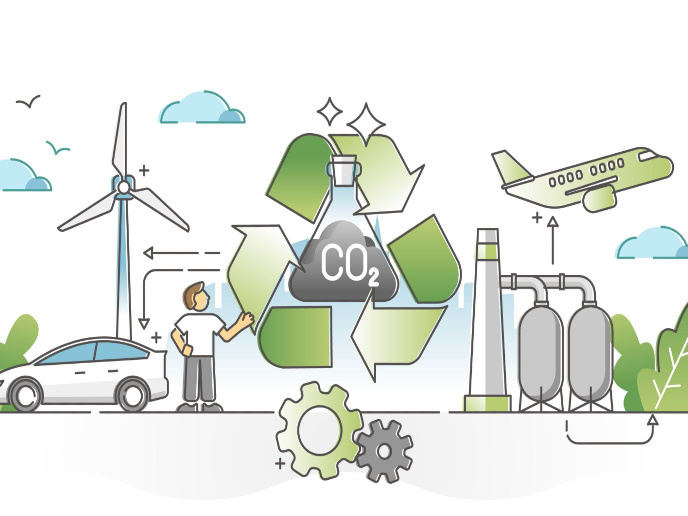Geomicrobiology of the Iberian Pyritic Belt
The MET-IPBS (Methane geomicrobiology in the Iberian Pyritic Belt subsurface) project studied microbial processes in the surface and subsurface of the Iberian Pyritic Belt (IPB). The IPB is one of the largest sulphide deposits on Earth, occupying an area of around 250 km in length and 20-70 km in width along the south of the Iberian Peninsula. The IPB is also the source of the highly acidic Tinto River, which maintains a low pH and high metal concentration, especially iron(III), along almost its entire length. This high acidity predates the extensive mining of the area and is the result of microorganisms found in the subsurface. The microbes' main source of energy is through oxidation of the mineral pyrite with the release of iron(III) and sulphate. To date, the geomicrobiology of the IPB has been little studied. Although iron and sulphur cycles drive the system, there is some evidence for the existence of a methane (CH4) cycle. MET-IPBS focused on the identification of hot spots for CH4-related metabolism and the isolation and characterisation of microorganisms related to the CH4 cycle. In order to better understand the processes behind the creation and breakdown of CH4, a wide range of techniques were used to characterise microbes. These included microbial cultivation and isolation, genome sequencing, electron microscopy and cellular staining. Isolation of one of the cultures of microorganisms known as Archaea resulted in discovery of a new model for cellular division. This involved the asymmetric division of polyploid cells by forming multiple buds, and led to the hypothesis that this type of division is widespread in polyploid Euryarchaeota. Another focus of the project was isolation of microbial cultures and high-throughput screening of these cultures for the presence of lysogenic strains. In lysogeny the DNA of a virus (phage) becomes incorporated into the DNA of its bacterial host. Sequencing results identified many strains of ꞌacid-lovingꞌ microorganisms, including Acidiphilium, Acidithiobacilum, Ferrimicrobium and Alicyclobacillus. Ongoing experiments are focused on further characterisation of selected lysogenic strains, especially those concerned with virus induction, production and genomic characterisation. The progress of the experiments and data analysis can be followed online(opens in new window). MET-IPBS was in line with international research towards creating a greater understanding of subsurface environments and contributed to the excellence of the European Research Area (ERA).







